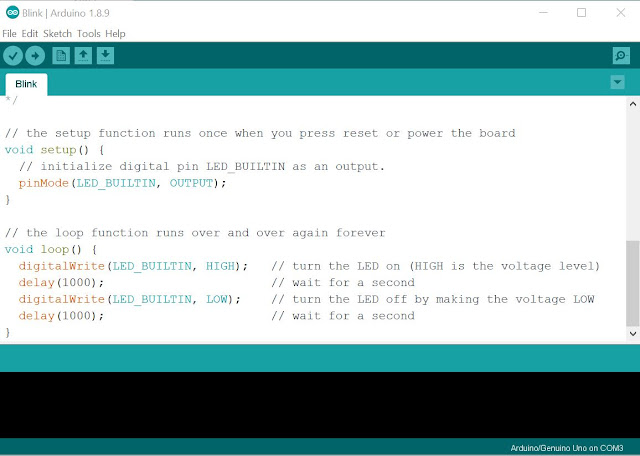Arduino Series (Lesson 1) - What is Arduino ?
Introduction
Arduino is a open electronic prototyping platform that enables with very little knowledge in the field of electronics and programming to develop hardware and create a better understanding of the field of physical computing and electronics it was started in 2003 as a project for non professionals to interact with sensors and computing using simple programming methods.The basic features of Arduino has improved since then to become the leader in Open electronic prototyping.
Arduino can perform a lot of tasks such sensor reading motor running ,robotics for beginners and for college students for prototyping the electronic hardware.
The name Arduino comes from a bar in Ivrea, Italy, where some of the founders of the project used to meet. The bar was named after Arduin of Ivrea, who was the margrave of the March of Ivrea and King of Italy from 1002 to 1014.
Arduino Uno - Most common Arduino development board.
Arduino Uno is a microcontroller board based on the ATmega328P (datasheet). It is the most commonly used Arduino board.
Technical specifications
- Microcontroller: Microchip ATmega328P
- Operating Voltage: 5 Volts
- Input Voltage: 7 to 20 Volts
- Digital I/O Pins: 14 (of which 6 provide PWM output)
- Analog Input Pins: 6
- DC Current per I/O Pin: 20 mA
- DC Current for 3.3V Pin: 50 mA
- Flash Memory: 32 KB of which 0.5 KB used by bootloader
- SRAM: 2 KB
- EEPROM: 1 KB
- Clock Speed: 16 MHz
- Length: 68.6 mm
- Width: 53.4 mm
- Weight: 25 g


Comments
Post a Comment